Cruise ships have always evoked a sense of wonder; from majestic floating cities to intimate luxury yachts, they’ve been a testament to human engineering and the desire to explore the world
Whether you’re a seasoned traveler or planning your maiden voyage, understanding this facet of cruising promises a more informed and enriched journey.
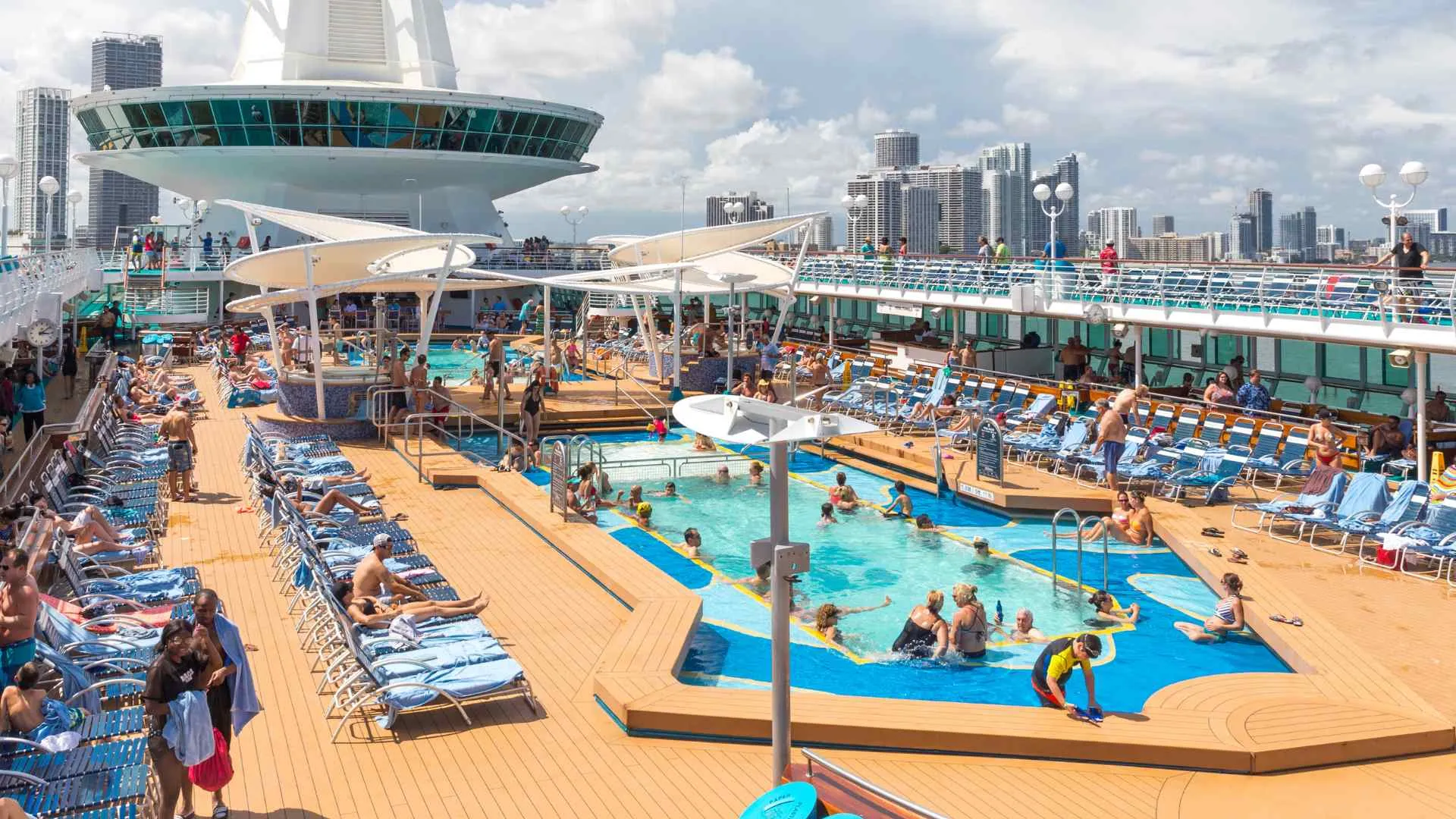
The Basics
Ship Size Classifications
Cruising has become synonymous with grandeur and luxury. When one ponders over “how many people on a cruise ship,” it’s vital to understand that ships vary tremendously in size.
This diversity in size has led to classifications that help potential cruisers gauge their fit and preference.
Boutique or Small Ships
These are intimate vessels, often carrying fewer than 500 passengers. If you’re wondering how many people are typically on a small cruise ship of this size, think cozy settings and personalized services.
They may lack some of the extravagant amenities of their larger counterparts but make up for it in charm and exclusivity.

Mid-size Ships
Mid-size ships carry anywhere from 500 to 2,000 passengers. They strike a balance between the intimacy of smaller vessels and the extensive facilities of the larger ships.
For those contemplating how many people might be on a cruise ship that offers a mix of personal touch with an array of amenities, mid-size ships are the answer.
Large Ships
These vessels can accommodate 2,000 to 5,000 passengers. They’re often like floating cities, bustling with activities, dining options, and entertainment. If you’re inclined to ask,
“How many people on a cruise ship can offer a broad spectrum of experiences?” large ships set the benchmark.
Mega-ships
The giants of the seas! Mega-ships can host upwards of 5,000 passengers. These are modern marvels of engineering, drawing crowds and curiosity.
For those inquisitive about the maximum number of people on a cruise ship, mega-ships stand tall and proud with numbers that can rival a small town’s population.

Understanding Passenger Capacity
When we discuss the topic of “how many people on a cruise ship,” it’s essential to decipher two key terms: Double Occupancy and Maximum Capacity.
Double Occupancy
This refers to the number of passengers a ship can accommodate, assuming two people per cabin. It’s the standard metric used by the cruise industry for capacity figures.
So, when you’re evaluating how many people a cruise ship typically advertises for its capacity, it’s often this number you’ll encounter.
Maximum Capacity
This is the total number of passengers a ship can hold when every available bed, including pull-downs and sofa beds, is occupied.
If you’re interested in the absolute maximum of how many people can be on a cruise ship at its peak, this is the number to look for.
In the next segment, we’ll explore the factors determining these numbers. From the ship’s architecture to its purpose and the onboard amenities, every facet plays a role in deciding just how many individuals a vessel can comfortably and safely accommodate.
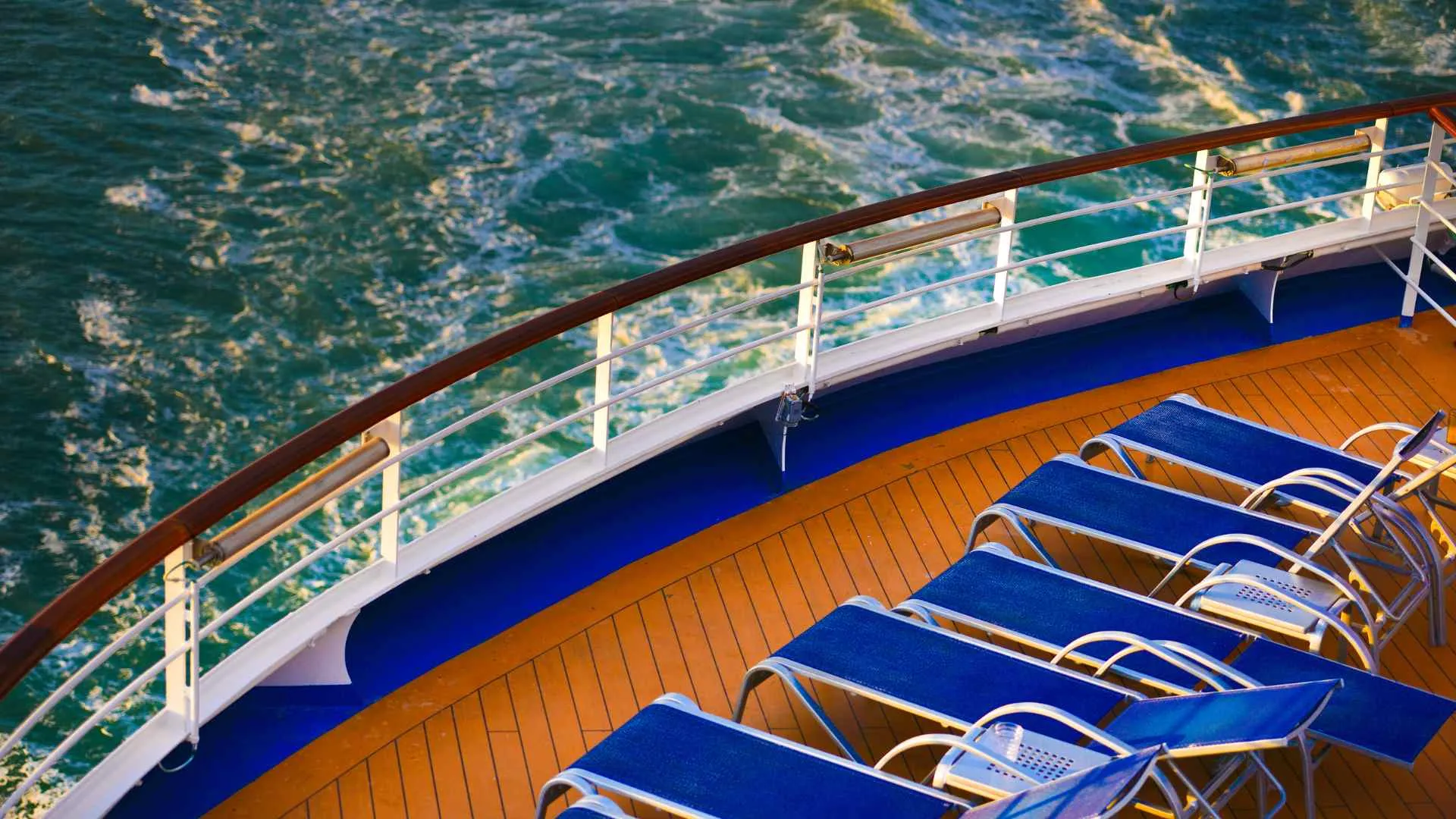
At a Glance
How many people on a cruise ship? The answer varies based on the ship’s size. Boutique ships typically host under 500 passengers, offering an intimate setting. Mid-size ships balance capacity and amenities, carrying 500 to 2,000 passengers.
Large ships, akin to floating cities, can accommodate 2,000 to 5,000 individuals. Meanwhile, the colossal mega-ships can house upwards of 5,000 passengers.
These figures can stretch even further when considering a ship’s maximum capacity, with every available sleeping space occupied. Ultimately, from cozy vessels to bustling maritime metropolises, the range of passenger capacities is vast.

Factors Determining Passenger Capacity
Cruise ships, in all their grandeur and diversity, are a complex blend of design, purpose, and regulation.
When answering the question of “how many people on a cruise ship?”, several intricate factors come into play. Let’s delve into the key determinants that dictate how many passengers a cruise ship can carry.
Design and Architecture
A ship’s layout and structural design are paramount. This isn’t just about the size and length of cruise ships but how the space is utilized.
Cabins and Suites
The number and type of cruise cabins – be it standard rooms, suites, or family accommodations – directly impact the number of passengers a ship can accommodate. More cabins equate to higher capacity.
Public Areas
Areas like lounges, restaurants, and entertainment zones can affect the number of passengers a ship feels it can comfortably hold. If a ship has vast public areas, it might be designed to hold more passengers without feeling overcrowded.
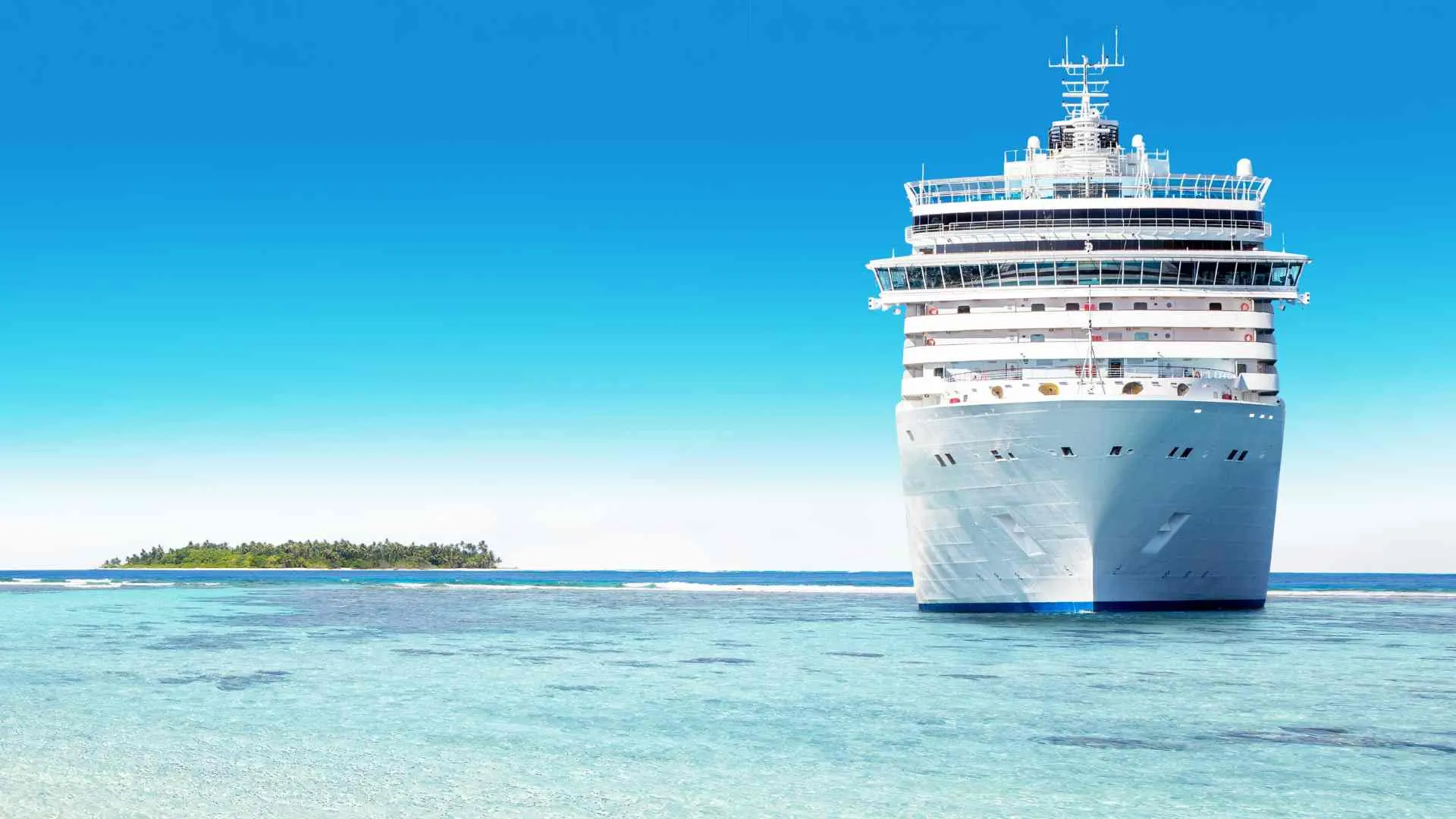
Onboard Amenities and Facilities
The range and size of amenities play a significant role.
Dining Options
Ships with more restaurants and eateries might accommodate more passengers, ensuring everyone can dine without long wait times.
Entertainment and Activity Zones
The presence of theaters, swimming pools, gyms, and recreation areas will influence decisions on how many passengers can be entertained simultaneously.
Safety Regulations and Standards
Safety is non-negotiable.
Lifeboat Capacity
Every passenger must have a spot on a lifeboat. Thus, lifeboat capacities can put a ceiling on how many passengers a ship can carry.
Evacuation Procedures
How quickly a ship can be evacuated in emergencies is crucial. This can influence decisions about the maximum number of passengers.
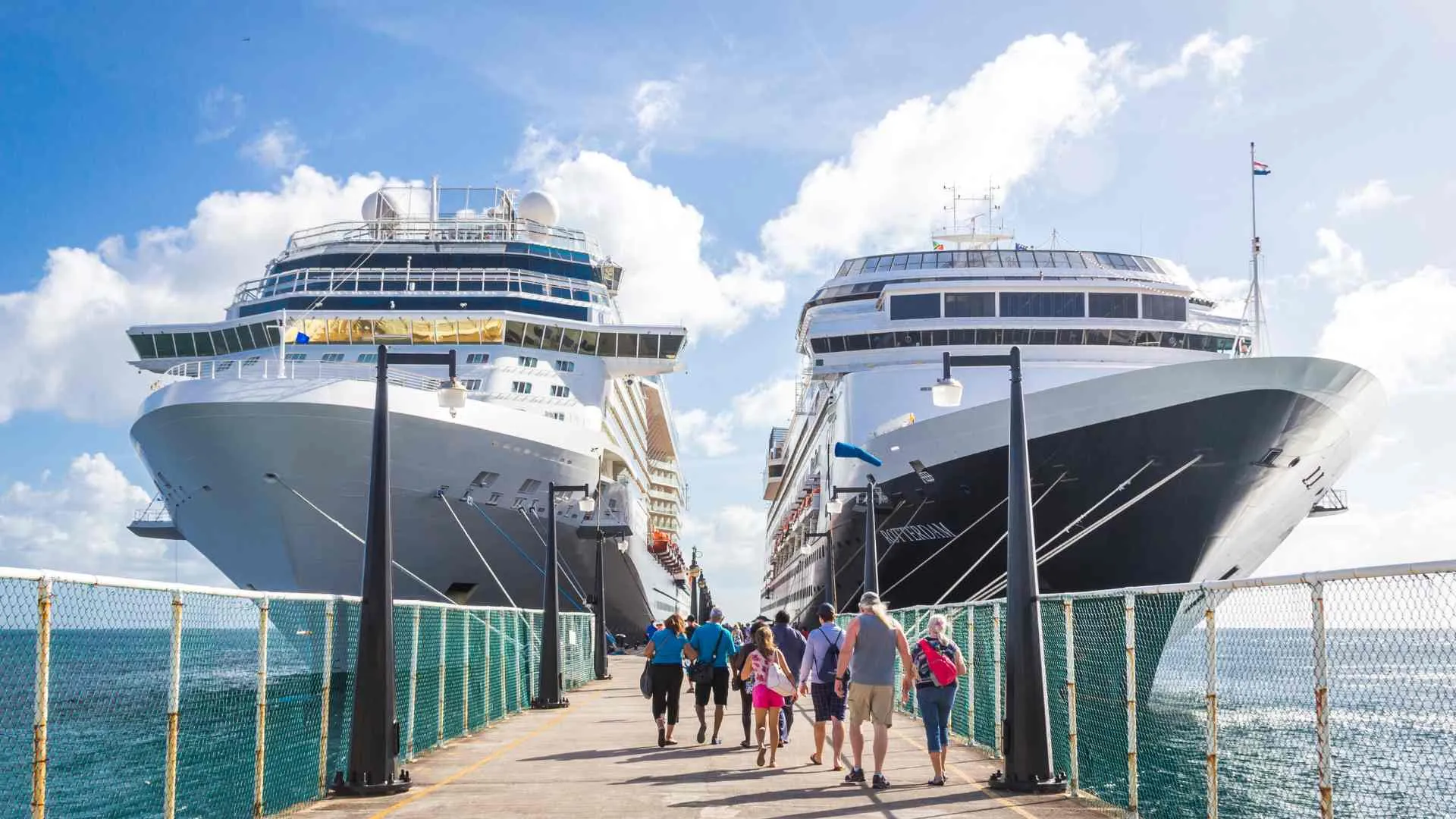
Purpose of the Cruise
The intent behind the cruise also impacts passenger numbers.
Luxury vs. Budget
Luxury cruises might have fewer passengers, focusing on exclusivity and spacious suites. In contrast, budget cruises might maximize occupancy to keep prices competitive.
Demographic Focus
Family cruises might have larger cabins or interconnected rooms, affecting total capacity. On the other hand, adult-only cruises might have a different cabin configuration, influencing how many people can be onboard.

Crew Members on a Cruise Ship
Beyond the passengers that cruise ships carry, there’s another vital group of individuals ensuring smooth sailing: the crew members. From captains to kitchen staff, housekeeping to entertainment teams, crew members play a pivotal role in shaping the cruise experience.
So, how many crew members are typically found on a cruise ship, and how does this number vary based on ship size?
The Ratio: Passengers to Crew
A vital metric in understanding crew numbers is the passenger-to-crew ratio. It provides a glimpse into the service level one can expect onboard. Generally, luxury cruise liners boast a lower passenger-to-crew ratio, ensuring personalized and attentive service.
Conversely, larger ships, while having more crew members in absolute terms, might have a higher passenger-to-crew ratio due to their immense passenger capacity.
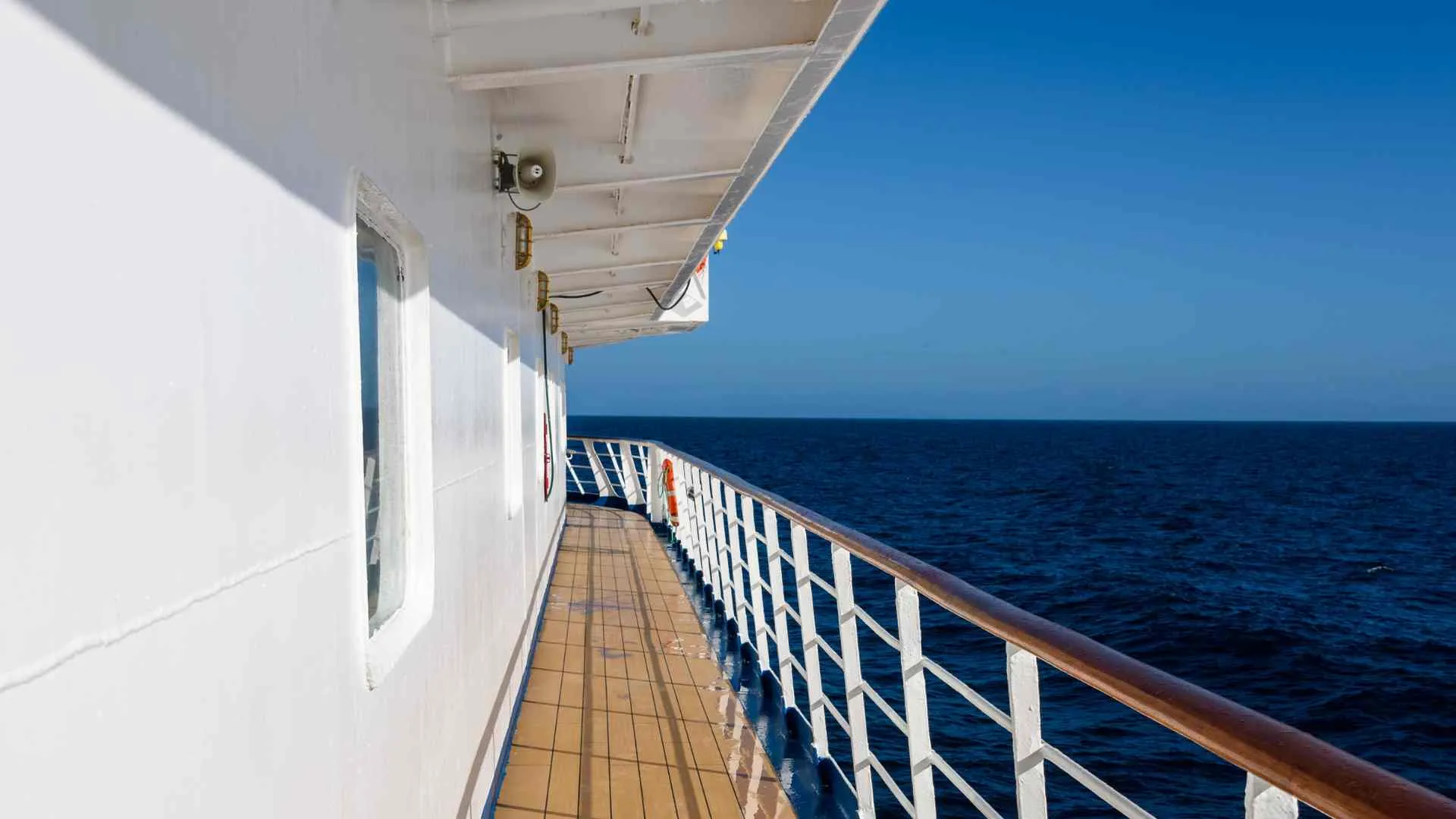
Breaking it Down by Ship Size
Boutique or Small Ships
Given their intimate nature, these ships often have a crew ranging from 50 to 300 members. With fewer passengers to attend to, the service on these vessels is often highly personalized.
Mid-size Ships
With capacities that lie between small and large vessels, mid-size ships typically employ between 500 and 1,000 crew members. These ships strike a balance, offering a variety of amenities while maintaining quality service.
Large Ships
As floating cities, these vessels require a significant workforce. Crew numbers can range from 1,000 to 2,500 members. From entertainment to dining to maintenance, every aspect requires hands-on-deck to ensure seamless operations.
Mega-ships
The behemoths of the cruising world, mega-ships can employ upwards of 2,500 crew members. Given the vast array of facilities, restaurants, entertainment options, and more, a large, diversified crew is essential.
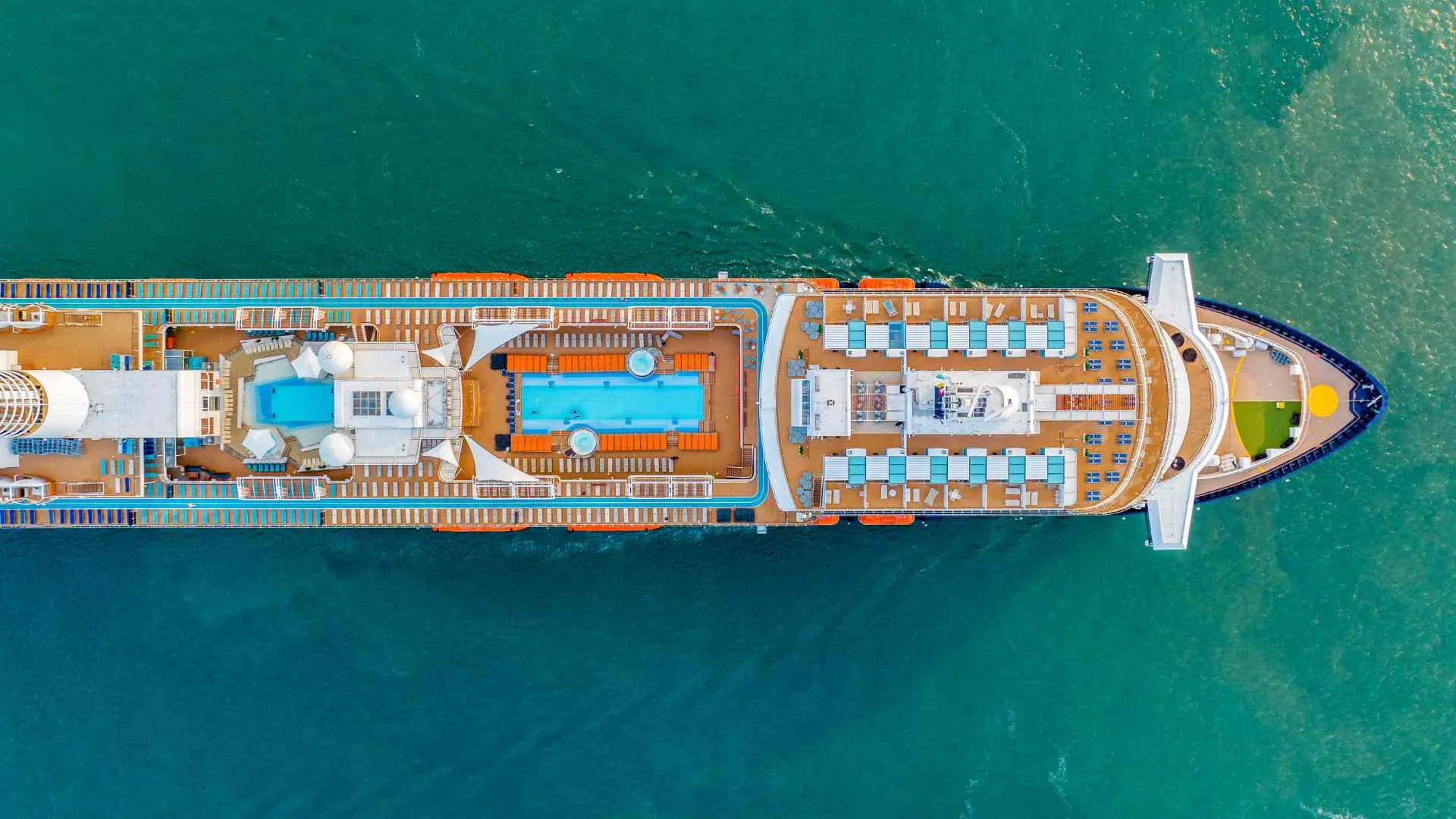
Roles and Responsibilities
Cruise ships are like microcosms of society, and their crew members fill a plethora of roles:
- Navigation: Captains, officers, and deck crew ensure safe navigation.
- Hospitality: Chefs, wait staff, bartenders, and housekeeping cater to passengers’ every need.
- Entertainment: Performers, fitness instructors, and activities coordinators keep guests entertained.
- Maintenance and Operations: Engineers, technicians, and maintenance staff ensure the ship’s machinery and amenities are in top condition.
- Health and Safety: Medical teams and security personnel ensure passengers’ health and safety while onboard.
In answering “how many people on a cruise ship?”, one mustn’t forget these unsung heroes. They work behind the scenes, ensuring every passenger’s journey is memorable, safe, and enjoyable.
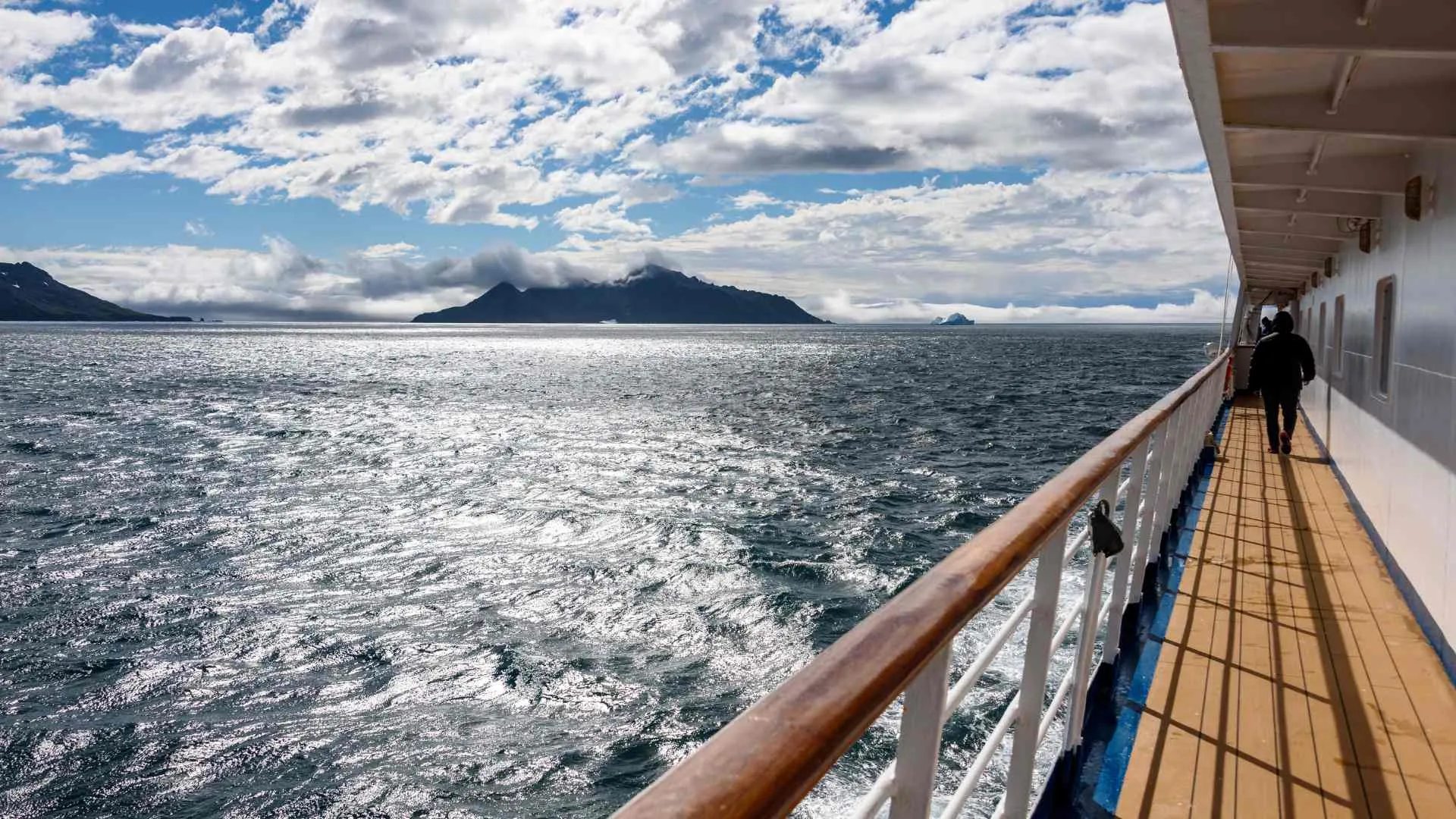
How Many Passengers on a Cruise Ship
While cruise ships are often lauded for their luxury, entertainment, and exotic destinations, a fundamental question many potential cruisers ask is, “How many passengers can be on a cruise ship?”
This number, after all, can greatly influence the ambiance and overall experience of the journey. Let’s explore the passenger capacities of different ship sizes and how this impacts the cruising experience.
Understanding Capacity Metrics
When discussing how many passengers a cruise ship can hold, it’s crucial to understand two primary metrics:
Double Occupancy
This refers to the standard number of passengers a ship can accommodate when considering two people per cabin. It’s the cruise industry’s common benchmark and gives a clear picture of a ship’s base capacity.
Maximum Capacity
To grasp the absolute limit of “how many people on a cruise ship” can be, we look at the maximum capacity. This considers every available sleeping space, such as pull-downs and sofa beds.
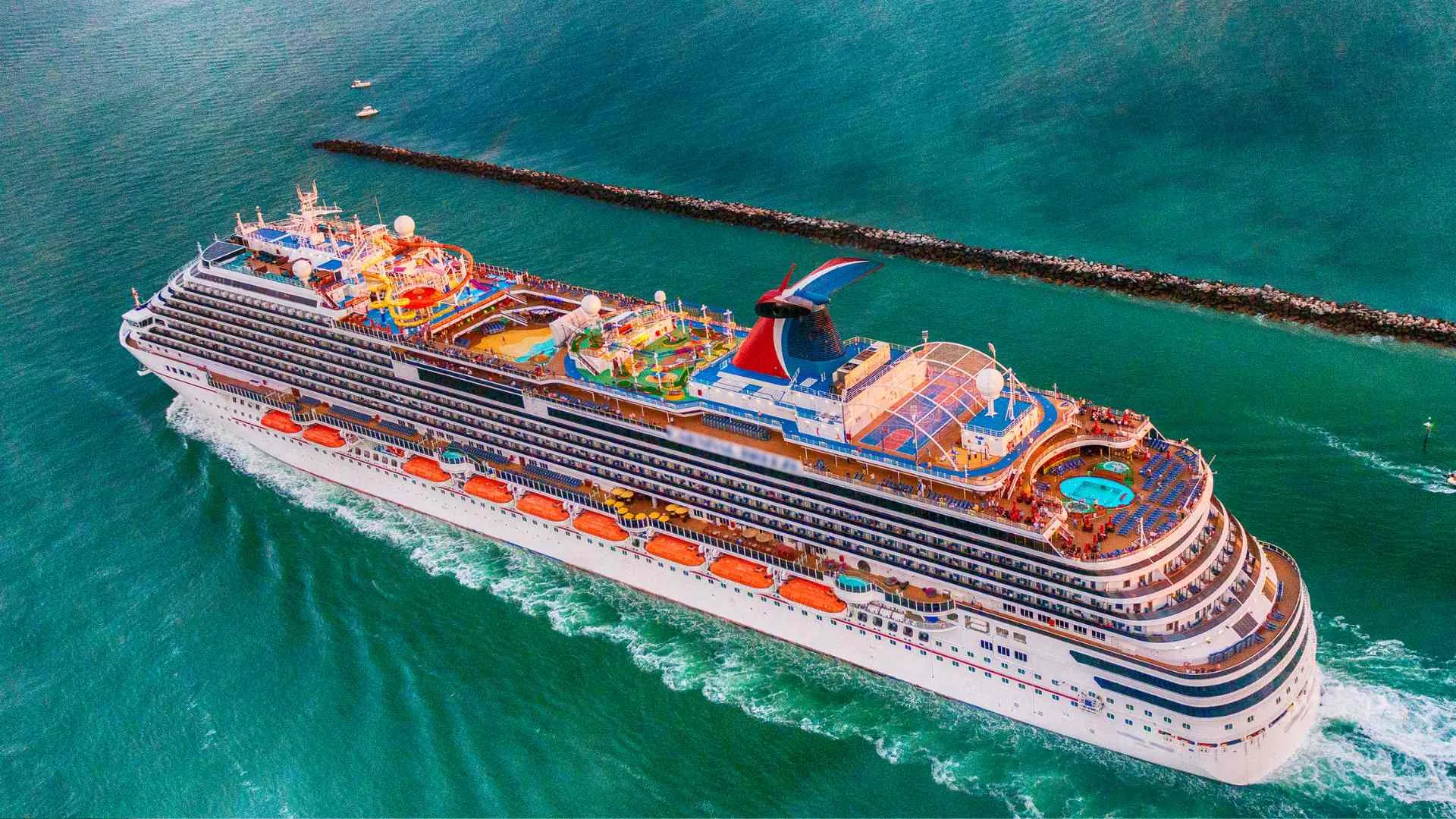
Passenger Capacities by Ship Size
Now, let’s break down the numbers based on the various ship classifications:
Boutique or Small Ships
Offering a more intimate and personalized voyage, these ships typically carry under 500 passengers. They’re ideal for those looking for a quieter, more exclusive experience.
Mid-size Ships
Striking a balance between intimacy and amenities, mid-size ships can accommodate anywhere from 500 to 2,000 passengers. They offer a wider range of facilities while maintaining a moderately sized crowd.
Large Ships
These floating metropolises can house between 2,000 to 5,000 passengers. With a bustling atmosphere, they come packed with a myriad of entertainment and dining options, suitable for those seeking variety and vibrancy.
Mega-ships
The titans of the seas, mega-ships can hold more than 5,000 passengers. For those curious about “how many people on a cruise ship” at its maximum, these ships are the pinnacle.
They offer an extensive array of experiences and are akin to a small city on the water.

Why Passenger Numbers Matter
The number of passengers onboard plays a crucial role in shaping the cruise experience:
- Crowds and Waiting Times: Larger ships might mean longer wait times for amenities or shore excursions. However, they also offer more options to spread out the crowd.
- Atmosphere: A ship with fewer passengers might offer a more tranquil environment, while larger ships can provide a vibrant, energetic atmosphere.
- Personalized Service: With fewer passengers, crew members can offer more attentive and personalized service.
- Socializing Opportunities: Larger ships provide more chances to meet diverse groups of people, while smaller ships foster close-knit interactions.
In conclusion, understanding “how many passengers on a cruise ship” can greatly influence your choice of ship and, by extension, the kind of experience you seek.
Whether you desire the buzzing energy of a mega-ship or the serenity of a boutique vessel, the sea offers something for every traveler’s taste.

How Passenger Numbers Impact Your Journey
The allure of all-inclusive cruising is multifaceted – the open sea, exotic destinations, luxury accommodations, and a plethora of onboard activities. Yet, at the heart of it all is the experience.
This experience, as many seasoned travelers will attest, can be significantly influenced by passenger numbers. Let’s explore how the question, “How many people on a cruise ship?” translates to your journey’s ambiance, opportunities, and overall feel.
Ambiance and Atmosphere
Intimacy vs. Bustle
Smaller ships with fewer passengers often provide a more intimate setting. Such ships offer the chance for closer interactions, fostering a sense of community among passengers.
On the other hand, larger ships with thousands of passengers can exude a bustling, vibrant energy akin to a lively city.
Noise Levels
With fewer passengers, smaller ships often promise quieter environments, especially in common areas. Conversely, larger ships can be noisier, given the sheer number of activities and people interacting simultaneously.
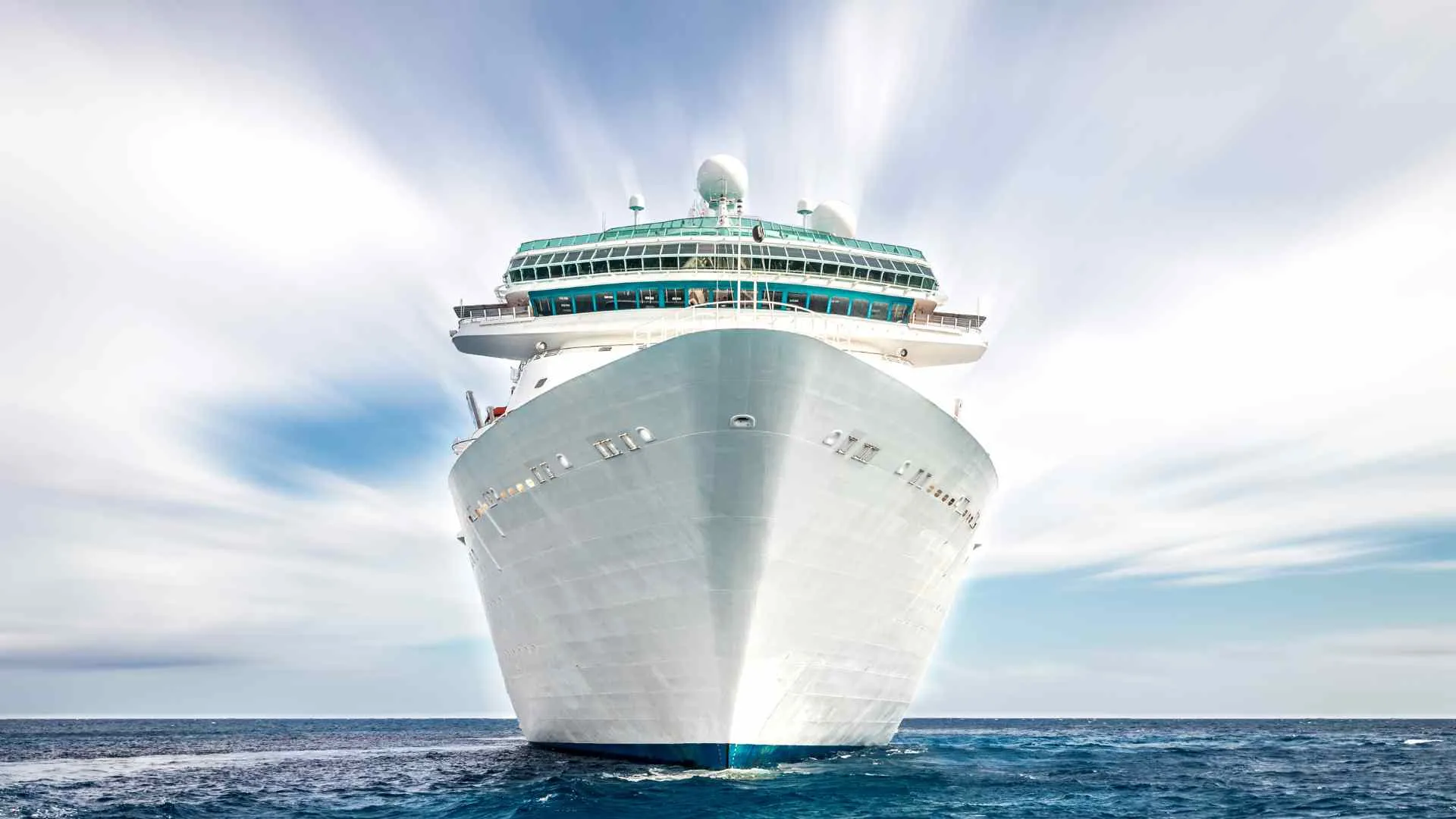
Social Opportunities
Diverse Interactions
Larger ships, due to their vast passenger count, often house a diverse group of travelers from different parts of the world. This offers a unique opportunity to meet and interact with people from varied cultures and backgrounds.
Building Connections
On smaller ships, repeated interactions with the same group of passengers are more common, allowing deeper connections and friendships to form over the journey’s duration.
Activities and Entertainment
Variety vs. Exclusivity
Larger ships often boast a wide range of activities, from Broadway-style shows to multiple themed parties. However, due to the higher passenger count, some events might be crowded.
On the other hand, smaller ships might offer more exclusive events, like private lectures or specialized workshops, tailored to a smaller audience.
Wait Times and Bookings
With more passengers vying for the same amenities, activities on larger ships might require prior booking or could have longer wait times.
Smaller ships, with their limited passenger numbers, often provide more immediate access to facilities and events.
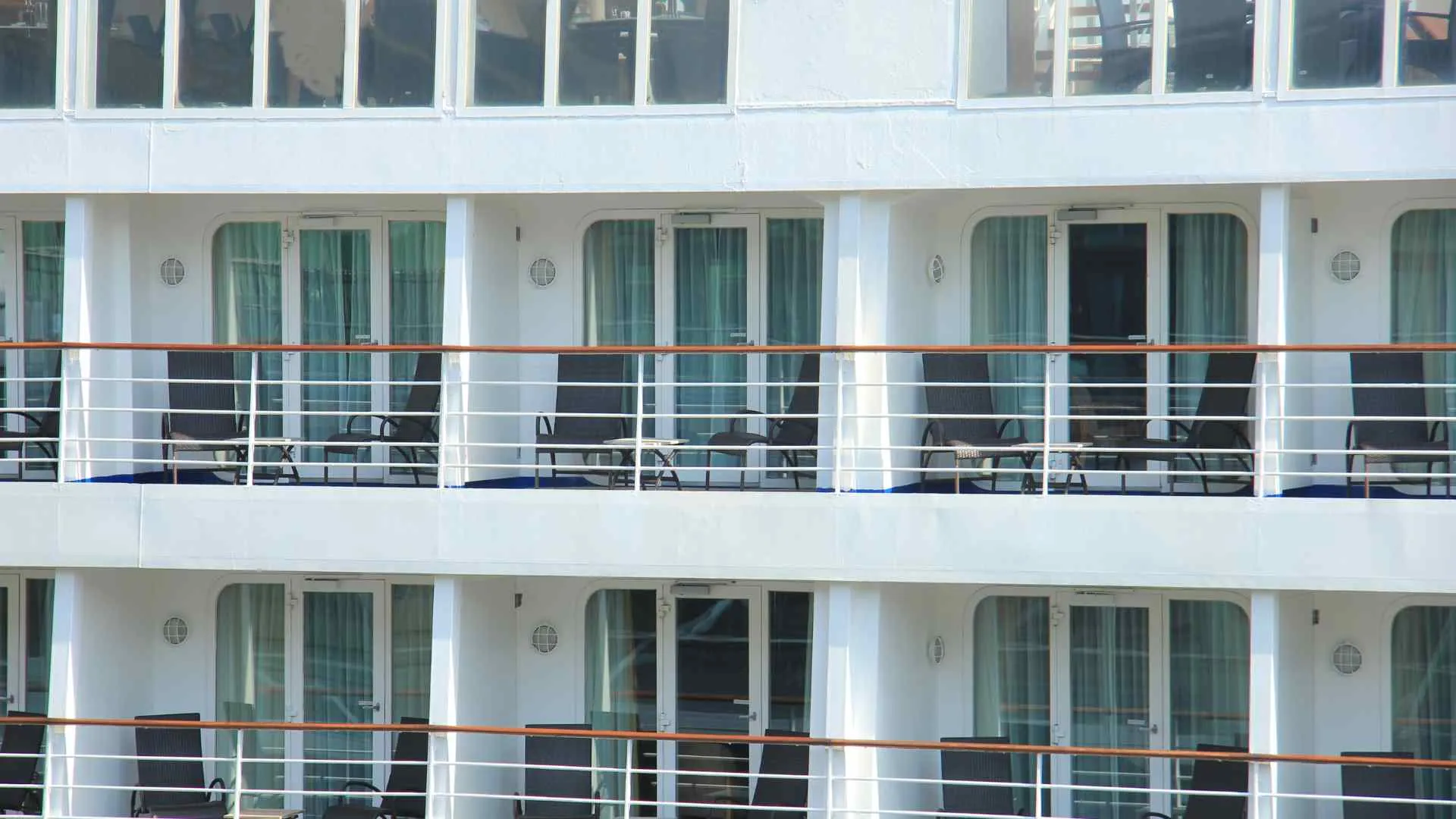
Service and Personal Attention
Crew Interaction
On smaller ships, the chances of repeated interactions with crew members are higher. This often results in personalized services, as the crew gets to know your preferences over time.
On larger vessels, while the service remains professional, it might be less personalized due to the sheer volume of passengers.
Dining Experience
Larger ships offer a myriad of dining options, from buffet spreads to specialty restaurants. However, dining areas might be crowded during peak times.
Smaller ships, with their limited dining venues, often focus on curated meals and a more personal dining experience.
Shore Excursions
Group Size and Experience
Larger ships can mean larger excursion groups when you dock at a destination. This can sometimes result in crowded tourist spots. Smaller ships, with fewer passengers, often offer a more intimate on-shore experience, allowing for deeper exploration and engagement with the destination.
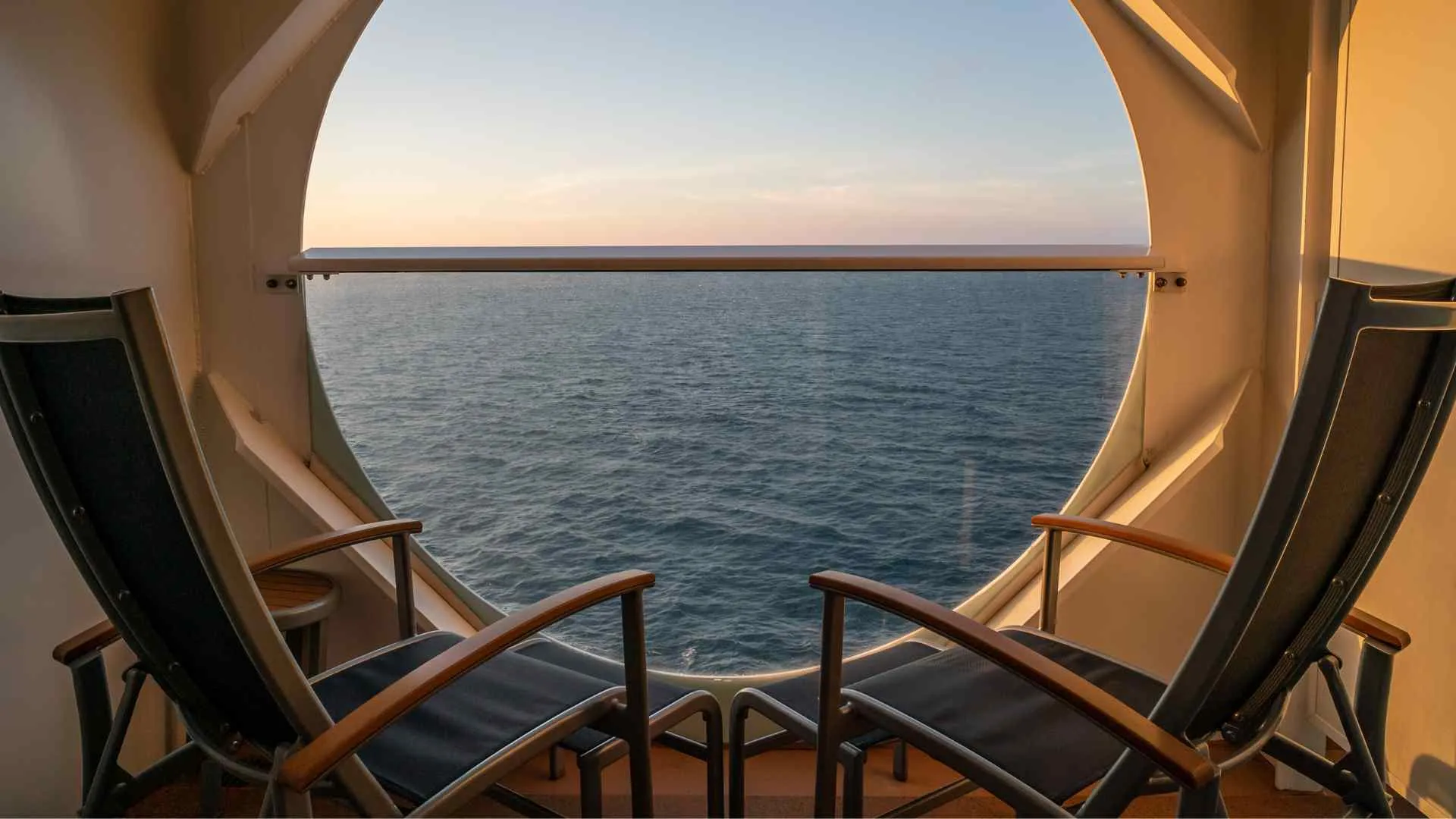
Passenger Numbers and Ship Safety
The gentle sway of the ship, the allure of distant horizons, and the promise of new adventures often dominate our thoughts when contemplating a cruise journey.
Yet, a pivotal aspect that shouldn’t be overlooked is safety. The question, “How many people on a cruise ship?” extends beyond just the experience; it deeply intertwines with the ship’s safety protocols, capacities, and procedures.
Lifeboat and Life Raft Capacities
Mandated Safety
Regardless of a ship’s size, maritime laws dictate that there must be a lifeboat seat for every passenger and crew member onboard. This ensures that in the event of an emergency, everyone can be evacuated safely.
Regular Inspections
Lifeboats and life rafts undergo regular inspections to ensure they’re in top condition and can be deployed swiftly when required.
Evacuation Procedures
Drills and Training
Onboard any cruise ship, regardless of its passenger count, safety drills are mandatory. These drills educate passengers on how to evacuate the ship safely in case of emergencies.
Signage and Information
Clear signage, indicating escape routes and muster stations, are prominently displayed. On larger ships, with higher passenger counts, there’s often additional signage to ensure smooth movement of people.

Medical Facilities
Onboard Medical Centers
All cruise ships are equipped with medical centers. On larger ships, these centers are often more expansive, given the higher number of passengers. They are prepared to handle a range of medical emergencies, from minor ailments to more severe conditions.
Medical Evacuations
In case of serious medical emergencies, cruise ships have protocols in place for medical evacuations, ensuring passengers receive the required care in a timely manner.
Crowd Management
Structured Activities
To manage large crowds, especially on bigger ships, activities and events are often staggered. This ensures not all passengers are in one place at the same time, aiding in crowd control.
Safety Personnel
Larger ships, due to their vast passenger and crew numbers, often have a higher number of security personnel. These trained individuals ensure order, assist in emergencies, and help manage crowds.
Advanced Technology and Ship Design
Stability and Balance
Modern cruise ships, especially the larger ones, are designed with advanced stabilization systems. This ensures that despite the high number of passengers, the ship remains balanced and stable at sea.
Fire Safety
Fire safety systems, including sprinklers, alarms, and fire-resistant materials, are standard on cruise ships.
Larger ships, given their size and passenger count, often have advanced, segmented systems to quickly contain and manage any fire-related emergencies.
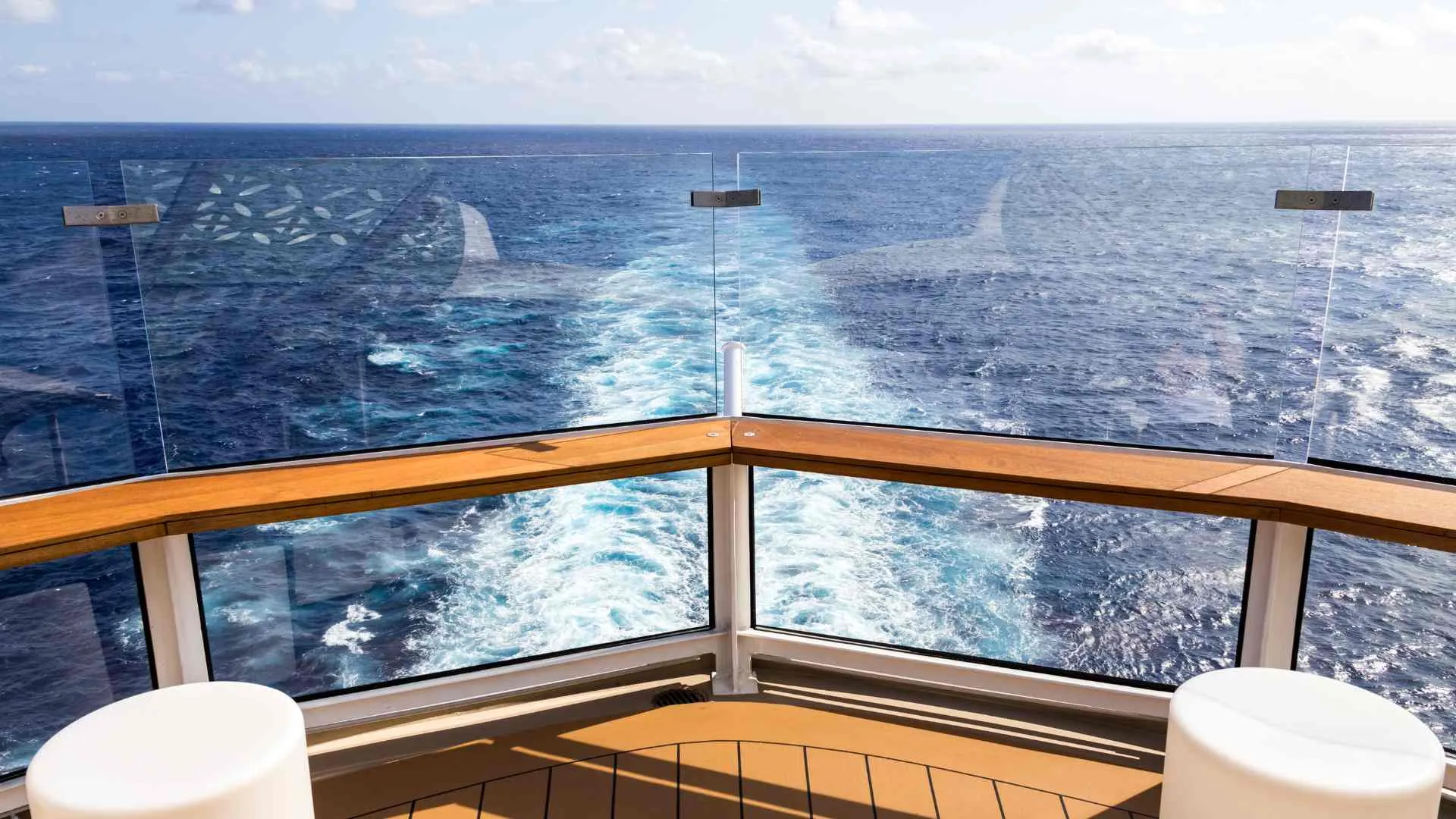
How Passenger Numbers Drive the Cruise Economy
The beauty and allure of the open sea, combined with luxurious accommodations and diverse entertainment, have solidified cruising as a favorite among global vacation options.
However, the question, “How many people on a cruise ship?” extends beyond just the experiential aspects. It’s deeply rooted in the economic dynamics of the cruise industry, touching on profitability, sustainability, and local economies.
The Profit Margin: Scale and Efficiency
Economies of Scale
Larger cruise ships, with their vast passenger capacities, often benefit from economies of scale. The cost per passenger decreases as the number of passengers increases. This economic principle allows cruise companies to offer competitive pricing while maintaining profitability.
Operational Efficiency
Mega-ships, with their advanced systems and technology, are often designed to be more fuel-efficient on a per-passenger basis, further enhancing their economic viability.

Onboard Spending: More than Just Tickets
Diverse Revenue Streams
Onboard spending plays a critical role in the cruise economy. From specialty dining to spa treatments, onboard shops to premium entertainment, the sheer volume of passengers on larger ships creates a lucrative stream of additional revenue.
Incentives and Promotions
To further boost onboard spending, cruise lines frequently offer promotions, deals, and packages. The higher passenger count allows for varied offerings, catering to diverse preferences and tastes.
Impact on Local Economies
Boost to Port Cities
When a large cruise ship docks, it brings with it thousands of tourists, all potential customers for local businesses. This influx can provide a significant boost to local economies, especially in smaller port cities.
Excursions and Tours
Passengers frequently partake in shore excursions, directly contributing to local tour operators, restaurants, and attractions. The sheer number of passengers from larger ships can make a marked difference in the revenues of these businesses.

Sustainability and Economic Responsibility
Investing in Green Technology
The cruise industry, aware of the environmental challenges posed by large ships, is increasingly investing in sustainable technologies.
From waste management systems to alternative fuels, these investments are not only environmentally responsible but also make economic sense in the long run.
Supporting Local Communities
Economic responsibility also extends to supporting local communities. Many cruise lines actively invest in local projects, ensuring that the economic benefits of tourism are shared more equitably.
Challenges and Considerations
Over-tourism
While larger ships bring economic benefits, they can also contribute to over-tourism, especially in smaller destinations. This can strain local resources and negatively impact the environment.
Economic Dependence
Some destinations may become overly reliant on cruise tourism, leading to economic vulnerabilities should the industry face downturns.

Environmental Impact of Large Passenger Ships
The glistening wake of a cruise ship as it slices through azure waters paints a picture of luxury, adventure, and relaxation. Yet, beneath this enchanting image, there’s an environmental narrative that’s crucial to explore.
Carbon Emissions and Air Quality
Fuel Consumption
Larger cruise ships, while often more fuel-efficient per passenger than smaller vessels, can still consume vast amounts of fuel. This leads to significant CO2 emissions, contributing to the global greenhouse effect.
Advanced Emission Control
To mitigate emissions, many modern ships are now equipped with advanced emission control systems that help reduce harmful exhaust gases, like sulfur oxides (SOx) and nitrogen oxides (NOx).
Waste Management
Volume of Waste
With thousands of passengers onboard, the amount of waste generated can be substantial. This includes food waste, sewage, and solid waste like plastics.
Treatment and Disposal
Modern cruise ships come equipped with advanced waste treatment facilities. These systems ensure that waste is treated, reduced, and, in many cases, recycled before disposal.
Some ships also practice zero-landfill policies, opting to treat and repurpose waste entirely onboard.

Impact on Marine Ecosystems
Ballast Water
Ships use ballast water to maintain balance. However, when discharged, this water can introduce invasive species to new regions, disrupting local marine ecosystems.
Anti-fouling and Marine Life
To prevent organisms from attaching to their hulls, ships use anti-fouling coatings. Some of these coatings, if not environmentally friendly, can leach chemicals that are harmful to marine life.
Resource Consumption
Water Usage
Large passenger ships have high freshwater demands, both for operational needs and to cater to the luxury demands of passengers. While many modern ships employ desalination techniques, the energy required for these processes can be substantial.
Energy Consumption
From lighting to entertainment to air conditioning, the energy demands of a large cruise ship are immense. While some ships are integrating renewable energy sources, like solar panels, the primary reliance is still on traditional fuels.

Strain on Local Environments
Over-tourism
Popular cruise destinations can face the challenge of over-tourism, where a sudden influx of passengers from a mega-ship can strain local resources, ecosystems, and infrastructure.
Infrastructure Development
To accommodate large ships, extensive port infrastructure is often required. This can lead to habitat destruction and shoreline alterations, impacting local environments.
Steps Towards Sustainable Cruising
Despite the challenges, the cruise industry is increasingly aware of its environmental responsibilities.
Green Technologies
Investments in alternative fuels, like LNG (Liquefied Natural Gas), and technologies like exhaust gas cleaning systems (scrubbers) are on the rise.
Sustainable Practices
Many cruise lines are adopting sustainable onboard practices, from reducing single-use plastics to sourcing sustainable seafood.
Collaborations
Cruise lines are partnering with environmental organizations to work on conservation projects, research, and sustainable tourism practices.

Conclusion
The allure of cruising, with its promise of distant horizons and immersive experiences, is undeniably captivating. Yet, as we’ve journeyed through the multifaceted answer to “How many people on a cruise ship?”, it’s evident that the implications extend far beyond numbers.
From safety protocols and economic contributions to environmental stewardship, the cruise industry’s landscape is both vast and interconnected.
As travelers, understanding these intricacies not only enhances our journeys but also empowers us to sail with awareness, responsibility, and a deeper appreciation for the oceans that connect us all. Let’s voyage forward with knowledge, wonder, and care.
FAQs on “How Many People on a Cruise Ship?”
1. What’s the average number of passengers on a cruise ship?
The average number can vary widely based on the size of the ship. Smaller luxury vessels might carry as few as 100 passengers, while mega-ships can accommodate over 6,000 passengers.
2. How is the passenger capacity of a ship determined?
The capacity is based on factors like ship size, design, and safety regulations. Every ship has a maximum passenger capacity, ensuring that safety standards, especially concerning lifeboat spaces, are met.
3. Are crew members included in the passenger count?
No, crew members are not counted in the passenger capacity. However, they are factored into the ship’s overall lifeboat and safety capacity calculations.
4. How can I find out the passenger capacity of a specific ship?
Most cruise lines provide detailed specifications for each ship in their fleet on their official websites. This information typically includes passenger capacity, crew count, and other relevant details.
5. Do larger ships offer more amenities and facilities?
Generally, yes. Larger ships often come with a broader range of amenities, including multiple dining venues, entertainment options, pools, and recreational facilities.
6. Are larger ships safer than smaller ones?
Safety is a priority for all ships, regardless of size. Both large and small ships adhere to strict international safety regulations. However, larger ships may have advanced technological systems in place to handle certain situations, but this doesn’t necessarily mean they are “safer.”
7. How do cruise lines manage waste on larger ships with so many passengers?
Modern cruise ships employ advanced waste management systems that treat, reduce, and often recycle waste. Many also adopt sustainable practices, such as minimizing single-use plastics and responsible food sourcing.
8. Does the number of passengers on a ship impact its environmental footprint?
While larger ships might have a more significant overall environmental footprint, they often benefit from economies of scale, making them more efficient per passenger in some respects. However, the sheer size can lead to challenges like over-tourism at certain destinations.
9. Can large cruise ships dock at any port?
Not all ports can accommodate mega-ships due to size or depth restrictions. Cruise lines carefully plan itineraries to ensure ships dock at suitable ports, often investing in port infrastructure development.
10. Is over-crowding an issue on larger ships?
Cruise lines are adept at managing passenger flow on ships. Activities, dining, and entertainment are often staggered, ensuring that not all passengers are in one area simultaneously. Thus, even on larger ships, spaces are designed to avoid feelings of overcrowding.
11. How do cruise ships maintain freshwater supply for so many passengers?
Most modern cruise ships have onboard desalination plants that convert seawater into freshwater, ensuring a continuous supply for passengers and crew.
12. Do all cruise ships sail at full capacity?
While cruise lines aim for full capacity to maximize revenue, it’s not uncommon for ships to sail with some vacant cabins, especially during off-peak seasons or on certain itineraries.
13. How do larger ships impact the cruising experience?
Larger ships tend to offer a wider array of amenities, entertainment, and dining options. However, they might also lead to longer wait times for some services and potentially crowded public areas.
14. Do larger cruise ships mean rougher seas are less noticeable?
Generally, larger ships, due to their mass and stabilizing technology, might offer smoother sailings in rougher seas compared to smaller vessels.
15. Are there limitations on where mega-ships can sail?
Yes, due to their size, mega-ships can’t navigate certain narrow or shallow waterways, limiting them from accessing certain ports or regions.
16. How do the numbers of passengers affect disembarkation at ports?
Larger ships with more passengers might experience longer disembarkation times. However, cruise lines have systems in place, like scheduled group disembarkations, to streamline the process.
17. Is the staff-to-passenger ratio different on larger ships?
While larger ships have more staff, the exact staff-to-passenger ratio can vary. Luxury cruise lines, regardless of ship size, often boast a higher staff-to-passenger ratio, ensuring personalized service.
18. How does the energy consumption of larger ships compare to smaller ones?
Per passenger, larger ships might be more energy-efficient due to advanced technologies and economies of scale. However, in absolute terms, their energy consumption is naturally higher.
19. Do larger ships have more diverse itineraries?
Not necessarily. While larger ships can offer a vast array of onboard experiences, their size can limit port accessibility. Smaller ships might have more diverse itineraries, accessing off-the-beaten-path destinations.
20. How do medical facilities on larger ships compare?
Larger cruise ships typically have more extensive medical facilities, resembling small hospitals, equipped to handle a broader range of medical issues. They are better prepared to cater to the needs of a larger number of passengers.

